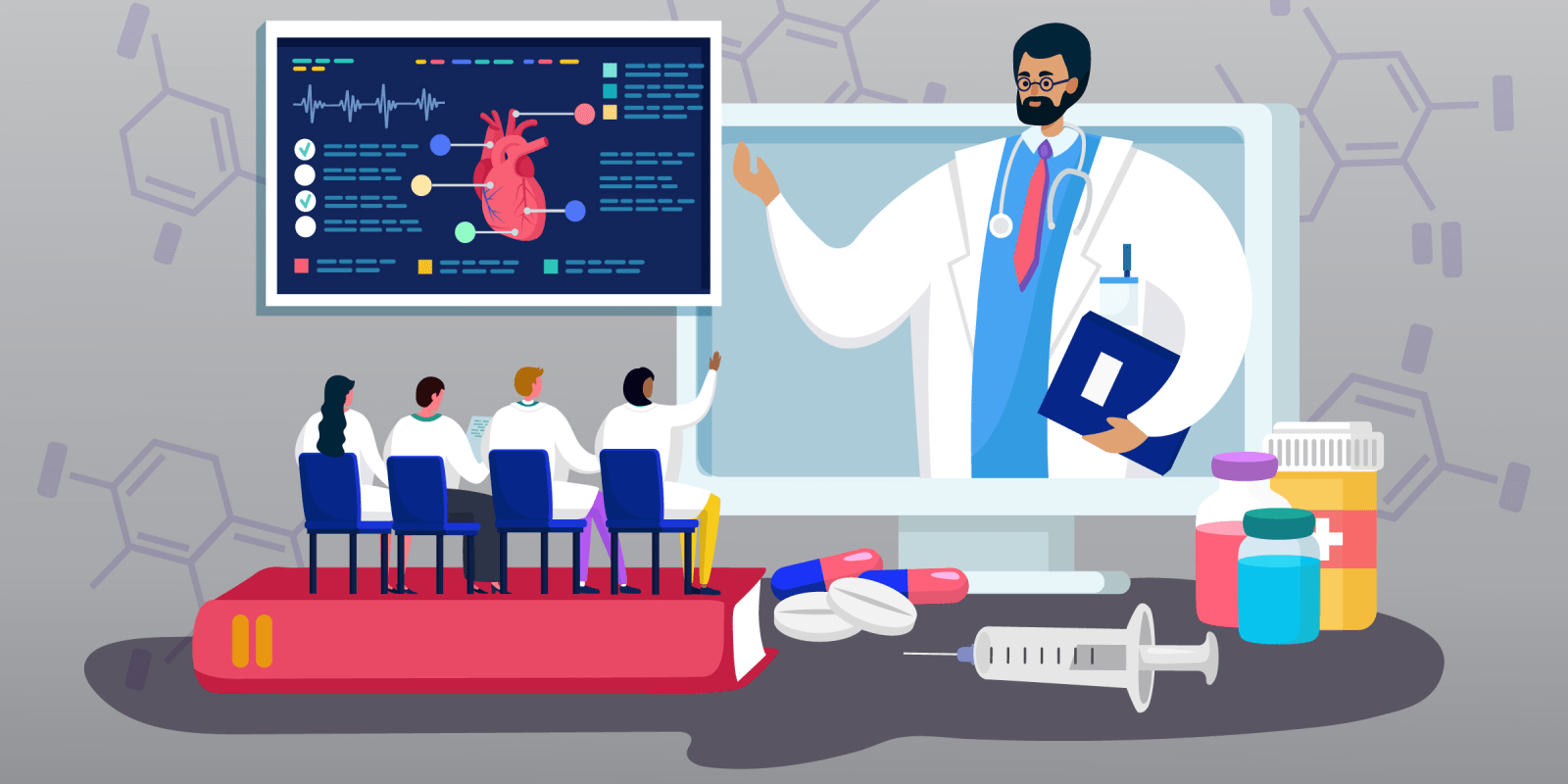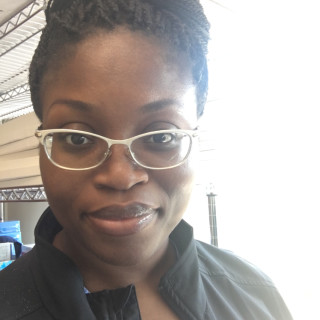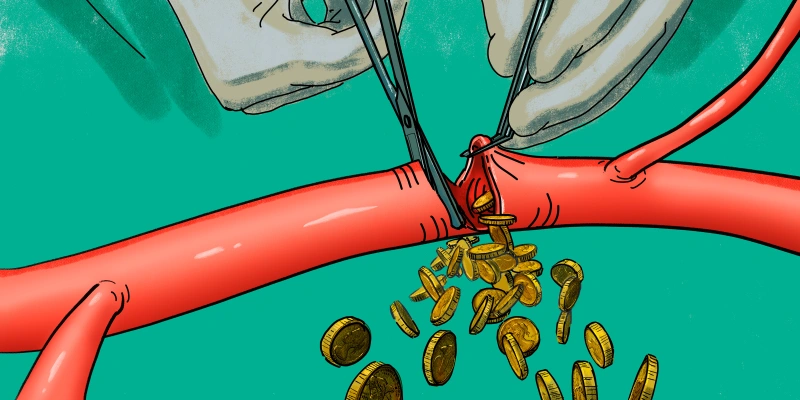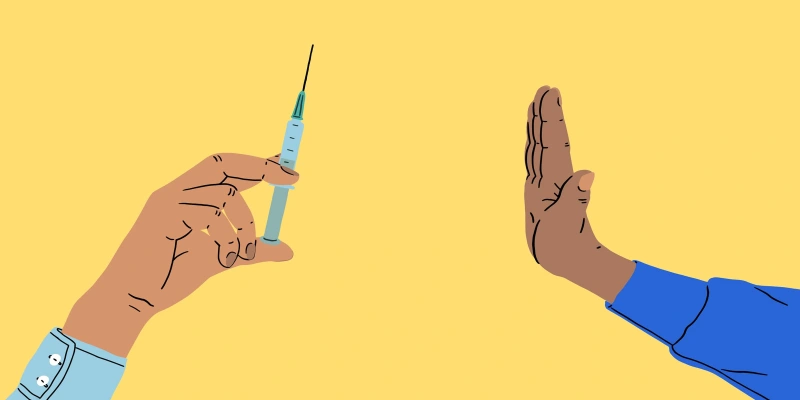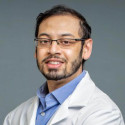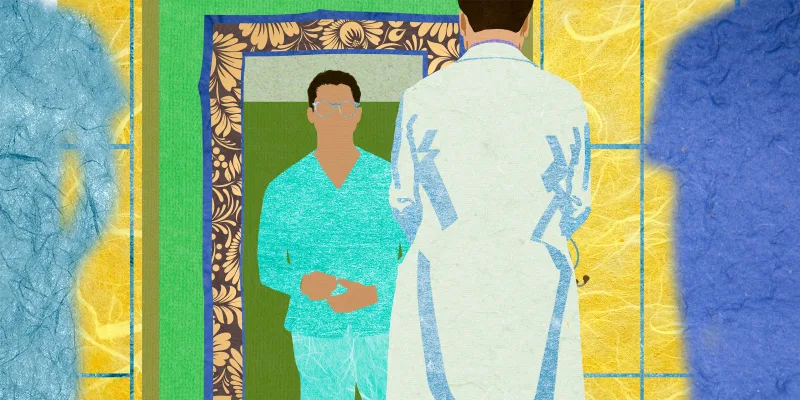It is hard to deny that certain personality traits make one suited to the field of medicine they decide to pursue. For the adventurers who do not mind the unknown and thrive off adrenaline, they find their home in the ER or trauma department. Those who are fascinated by kinesiology and sports usually end up in orthopedics or physical medicine. In touch with your inner child filled with mystique and wonder? Why pediatrics is calling your name! And while those of us who end up in internal medicine are generally referred to as nerds, guilty of great attention to detail and a fondness for discussing the minutia of disease processes, the nerdiest of the bunch usually end up in cardiac electrophysiology. This past week, I was lucky enough to be able to spend time with my tribe as we descended on Boston for the 41st Scientific Sessions of the Heart Rhythm Society.
There was a special excitement in the air. After all, it had been 15 months for some of us since we had conferenced with anyone in person. Between the science and getting together with friends (old and new, the latter from Twitter. of course!), there were also constant reminders of what we had all been through. And the differences were noted from registration, with the society offering two options for attending the conference, the first hybrid major conference offering both in-person and virtual experiences, and a purely virtual option for those who were limited in travel but still wanted to participate. This led to lighter crowds, but there were more in-depth conversations with those who were present. Masks were readily available, and even color-coded lanyards were present, with green signaling those of us who welcomed all contact; yellow for the cautious of us (see us, but please don’t touch) and those in red signaling for all to stay 6 feet ahead. I was particularly impressed by the sessions that incorporated both in-person and virtual components, with faculty presenting from all over the world. As someone who has attended their fair share of Zoom meetings, the fact that this went on without a hitch was truly remarkable and speaks to the dedication of the program organizers who made these technical feats look so effortless.
The truth of the matter is that pandemic has changed us all, having faced tragedy like most had not experienced in our lifetimes. And while we have had to deal with many challenges, an unforeseen but welcome side effect has been the realization that life is short. In particular, life is too short to sit in injustice. With cries for social equity and an end to police brutality in the wake of the deaths of George Floyd and Breonna Taylor (unfortunately two of many) around the world, we in medicine have also demanded authenticity and an increase in justice, diversity, and equity.
And the lack of diversity in cardiology is staggering. While female enrollment in medical school has reached (and in some cases exceeded) male enrollment into medical school, this fact has not kept pace with what we see in physicians practicing invasive specialties. As it stands, the ABIM reports that 23% of incoming first year cardiology fellows are women, with numbers for invasive specialties even more dismal (10% for Cardiac electrophysiologists and 13% for our interventional colleagues). While that is disheartening, the numbers for minoritized cardiologists is more so, accounting for <8% of practicing cardiologists in the United states. The reasons for this are many, with many publications offering in-depth analysis and suggestion.
There is hope, though, because even before #HeforShe was a hashtag, the Heart Rhythm Society has made the inclusion of its female members a priority. In its short history, six of its presidents have been women, with the most recent, Dr. Albert passing the gavel to the incoming president at this year’s meeting. The Women in EP luncheon has been a staple in recent years, with women in EP offering advice, mentorship, and strategies for success to their younger counterparts. Encouragement was given, and suggestions were made on strategies to increase our number. Moreover, the first official HRS GLOWE program (Growth and Leadership Opportunity for Women in Electrophysiology) took place, having delayed its start due to the spread of COVID last year. The evidence of inclusion did not stop there, with women noted on every level of the conference, from the abstract presentations seen to chairing Late-Breaking Clinical Trial presentations.
As one who was inspired to go into Cardiac Electrophysiology by one of my mentors, Dr. Anne Dougherty, the effect of seeing women doing the thing you want to do can be empowering in a way difficult to describe or appreciate. By normalizing the presence of women in these leadership roles, the battle for more inclusion is off to a promising start.
All that is left is to put the same energy into providing visibility and support to minoritized members of the Heart Rhythm Society. Though we still have a long way to go, this was a good effort, and I was happy to see it.
The future is bright.
Dr. Ijeoma Ananaba is employed by the University of Texas Health Sciences Center at Houston and Heart Rhythm Associates.
Image by KittyVector / Shutterstock
